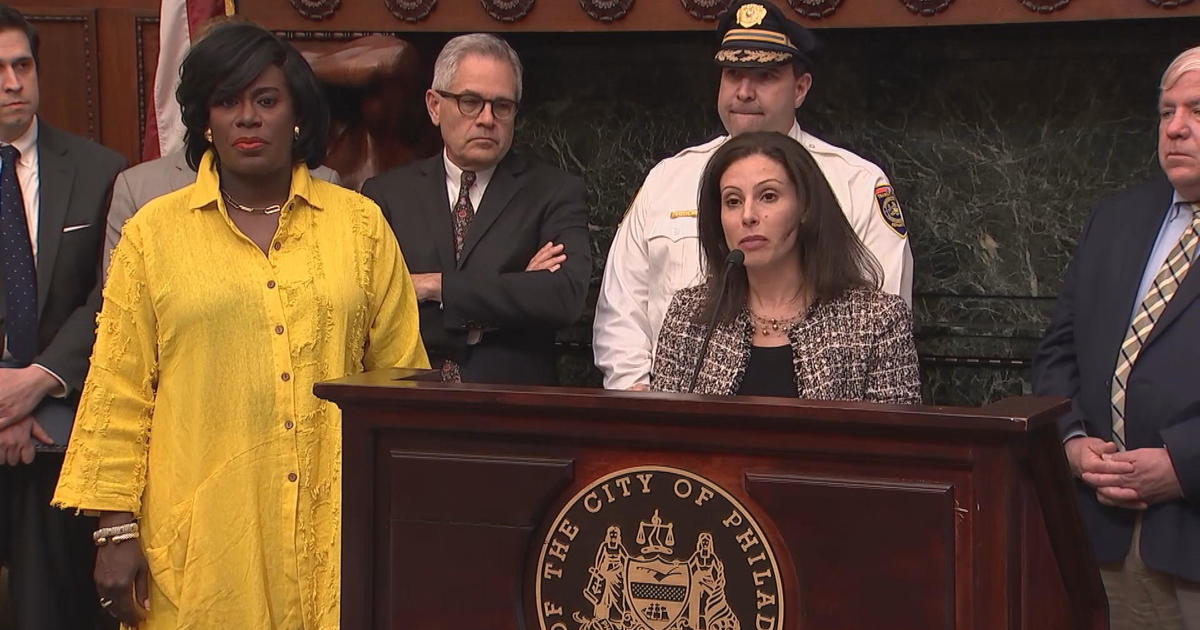Fair Trade: Understanding The Certification
Consumers today have a heightened awareness of where their coffee is grown, their bananas are picked and where their scarves are sewn. The Fair Trade Movement and labeling and certification process seeks to shed light on supply chain processes to ensure sustainable manufacturing, packaging and distributing as well as equitable wages for employees and competitive price premiums for exporters. When buying fair trade products, customers support the small farmer trying to compete in the heavily dominated corporate agribusiness world or the specialized artisan who crafts quality products but struggles in the mass-produced, industrialized marketplace.
Largely influenced by non-governmental organizations and religious parties in post-World War II Europe, fair trade associations were formed. However, it was not until a few decades later before more cohesive international fair trade organizations emerged, such as Fairtrade International (FLO), that the movement gained more attention from international communities, including the United States. Currently, several fair trade organizations serve as third-party certification regulators, including FLO, FairTrade USA and Institute for Marketecology (IMO) Social & Fair Trade Certification.
For products to become fair trade, they must adhere to certain rules and regulations as well as routine inspections from third-party certification organizations. These fair trade requirements ensure worker safety and health, eliminate the dependence on a child labor force and institute equitable wages for small farmers. Improving workers' rights and environmental and workplace standards for these small farmers and specified export communities will also help establish more sustainable local economies that can fund and improve their own healthcare, schools and community centers.
So then, the question looms, why aren't all products fair trade certified and why is fair trade not the status quo? As answers will vary naturally, they all center around money. Fair trade products have a price premium over regular products due to the certification process. Thus, consumers are the driving force in this economy when deciding to spend more money on a product as they value product use as well as the holistic life cycle process.
Stores that sell fair trade products are not just confined to your designated world market stores anymore; these goods have trickled into the mainstream marketplace. Known as an upscale, largely organic grocery store, Whole Foods sells a variety of fair trade products. Ben & Jerry’s has made a commitment to fair trade ingredients, so now your favorite Cherry Garcia or Phish Food ice cream scoop will not only be delicious but also be fair trade certified. Even Wal-Mart via its Sam’s Clubs stores has started selling fair trade products, including bananas.
The benefits of a developing fair trade economy can be quantified worldwide, specifically in developing countries that now have the extra funds to improve technology, education and infrastructure at schools and hospitals, empower the socioeconomic status of women and reduce poverty and hunger levels. As consumers have become more concerned about the environmental and socioeconomic impact of their individual purchases, the fair trade market place will continue to grow and establish itself.
You May Also Be Interested In These Stories
Isabel Sepkowitz is a freelance writer. She is an environmentalist who values sustainability, education, and innovation for the emerging green economy. Her work can be found on Examiner.com.



